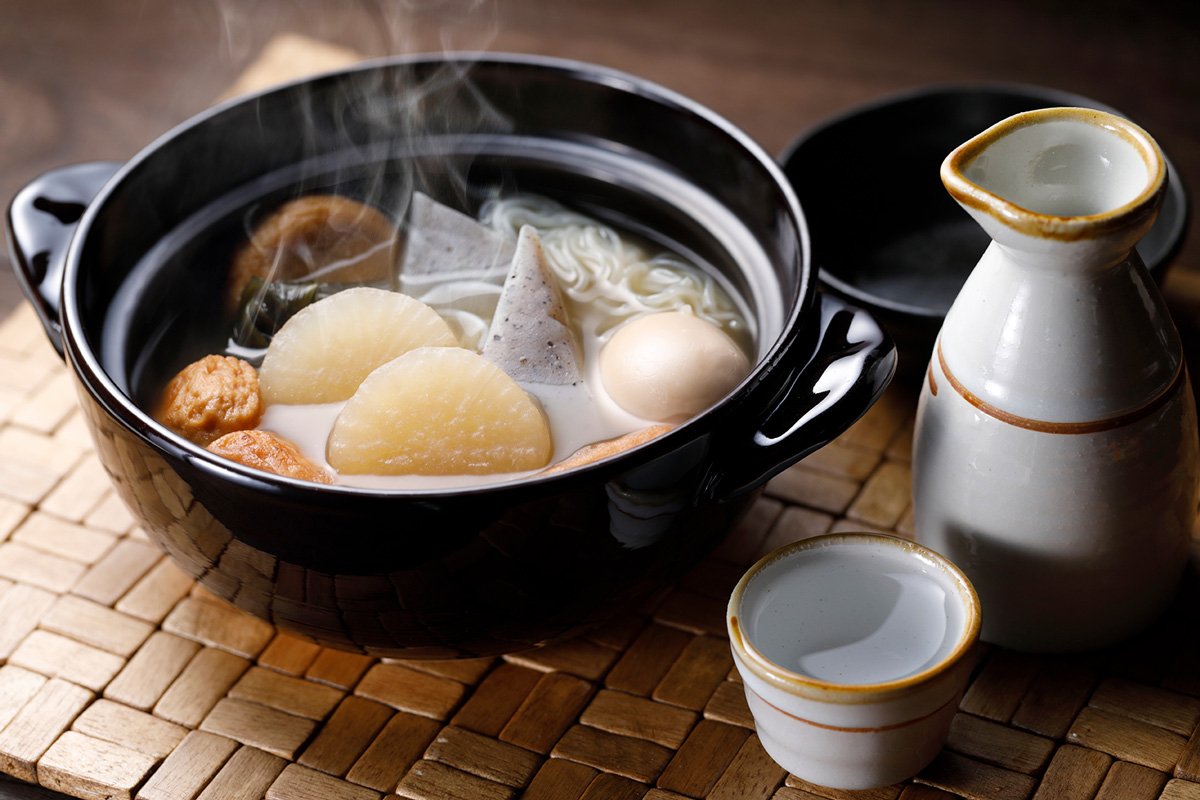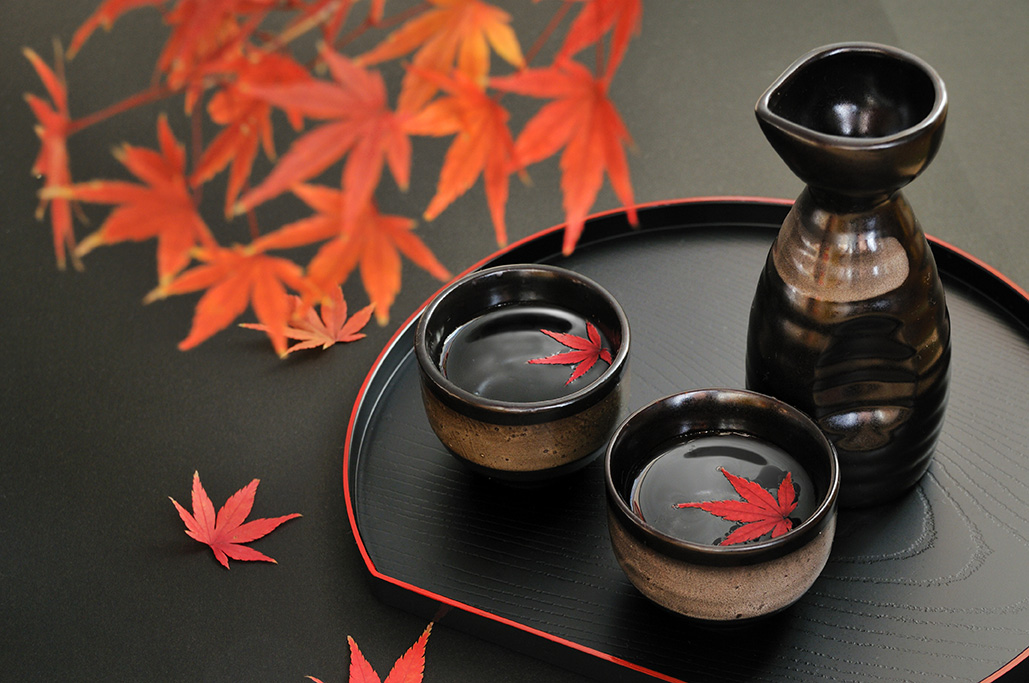Since ancient times, Japan has celebrated “moon worship (tsukimatsuri)” to thank the gods for the autumn harvest. During the worship people drink sake while enjoying the moon.
The sake enjoyed while moon gazing – Tsukimi sake
Autumn limited edition – Tsukimi sake
This tradition marks the beginning of “moon viewing.” It is believed that this custom was originally introduced from China around the ninth century and became popular among the common people after the Edo period.
In modern times, “Tsukimi sake” is celebrated in haiku poem as a seasonal word for autumn. Additionally, in 2017, August 15 of the lunar calendar, which corresponds to the mid-autumn moon, was established as “Tsukimi Sake Day.”
The mid-autumn moon in 2024 will be on September 17. This year, why not enhance the moon-viewing experience with the autumn-exclusive Japanese sake “Hiyaoroshi” and savor the rich flavors of the season?
“Hiyaoroshi,” delicately aged over the summer
Japanese sake ‘Hiyaoroshi’ signals the arrival of autumn. The word ‘hiya’ in the context of Japanese sake refers to sake at room temperature.
To prevent deterioration, general Japanese sake undergoes a heat treatment called “hiire” twice—once before storage and once before shipping. On the other hand, “Hiyaoroshi” is only subjected to hiire once, in early spring before storage. It is said that the name comes from the practice of aging new sake pressed in winter over the summer, and then shipping it around September when the outside air and storage temperatures are about the same, at “hiya” (room temperature).
This sake varies in characteristics depending on the maker and shipping time, but it is known for its mellow, rounded taste due to slow aging from spring to autumn. Because it is "hiire"fewer times, its optimal drinking period is slightly shorter at 7-8 months, compared to the 1-year tasting period for general Japanese sake. Enjoy promptly after opening to ensure the best flavor.
Exploring the Seasonal Symphony: The Unique Flavors of Hiyaoroshi Sake
Even within the category of Hiyaoroshi, there are three main types depending on the shipping season: “Nagoshizake,” “Akidashi Ichiban Sake,” and “Banshu Umazake.”
■ Nagoshizake
Hiyaoroshi that appears around September is called “Nagoshizake.” It has a refreshing and light taste that evokes nostalgia for the passing summer. Since the days are still warm, it is recommended to enjoy it at room temperature, as chilled sake, or even as a sherbet-like “mizore sake.”
■ Akidashi Ichiban Sake
“Akidashi Ichiban Sake” is Hiyaoroshi shipped around October when autumn deepens. It has increased maturity, with a perfect balance of rich aroma and umami. It can be enjoyed at room temperature or warmed, but the recommended way is “nurukan” (around 40°C) or “hitohadakan” (around 35°C). Comparing the different aromas and flavors at various temperatures is highly recommended.
■ Banshu Umazake
“Banshu Umazake,” shipped around November as autumn ends, is the richest and most aromatic of the Hiyaoroshi types, with a robust flavor. As the season for warm sake approaches, enjoying it with “nurukan (around 40°C)” or “joukan” (around 45°C) along with oden or hot pot dishes is ideal.

Warm Japanese sake enjoyed with hot pot is also very compatible
Summary
Japan is not the only country with a custom of “moon viewing.” In Taiwan, the 15th day of the eighth month of the lunar calendar is celebrated as the Mid-Autumn Festival, marking the autumn harvest. People enjoy traditional sweets like “mooncakes,” large citrus fruits called “Buntan,” and BBQ.
This custom is also prevalent in other parts of Asia, such as “Chuseok” in Korea and “Tet Trung Thu” in Vietnam.
Mooncake
Buntan
During autumn, when temperatures drop and atmospheric humidity decreases, the air becomes clearer, making the moon appear especially bright and beautiful. Besides the Mid-Autumn Moon, a “supermoon” will be visible on October 17, 2024, when the full moon is closest to the Earth. On these long autumn nights, enjoy a leisurely moon viewing with your favorite “hiyaoroshi” in hand.
“Chuseok” in Korea
“Tet Trung Thu” in Vietnam








